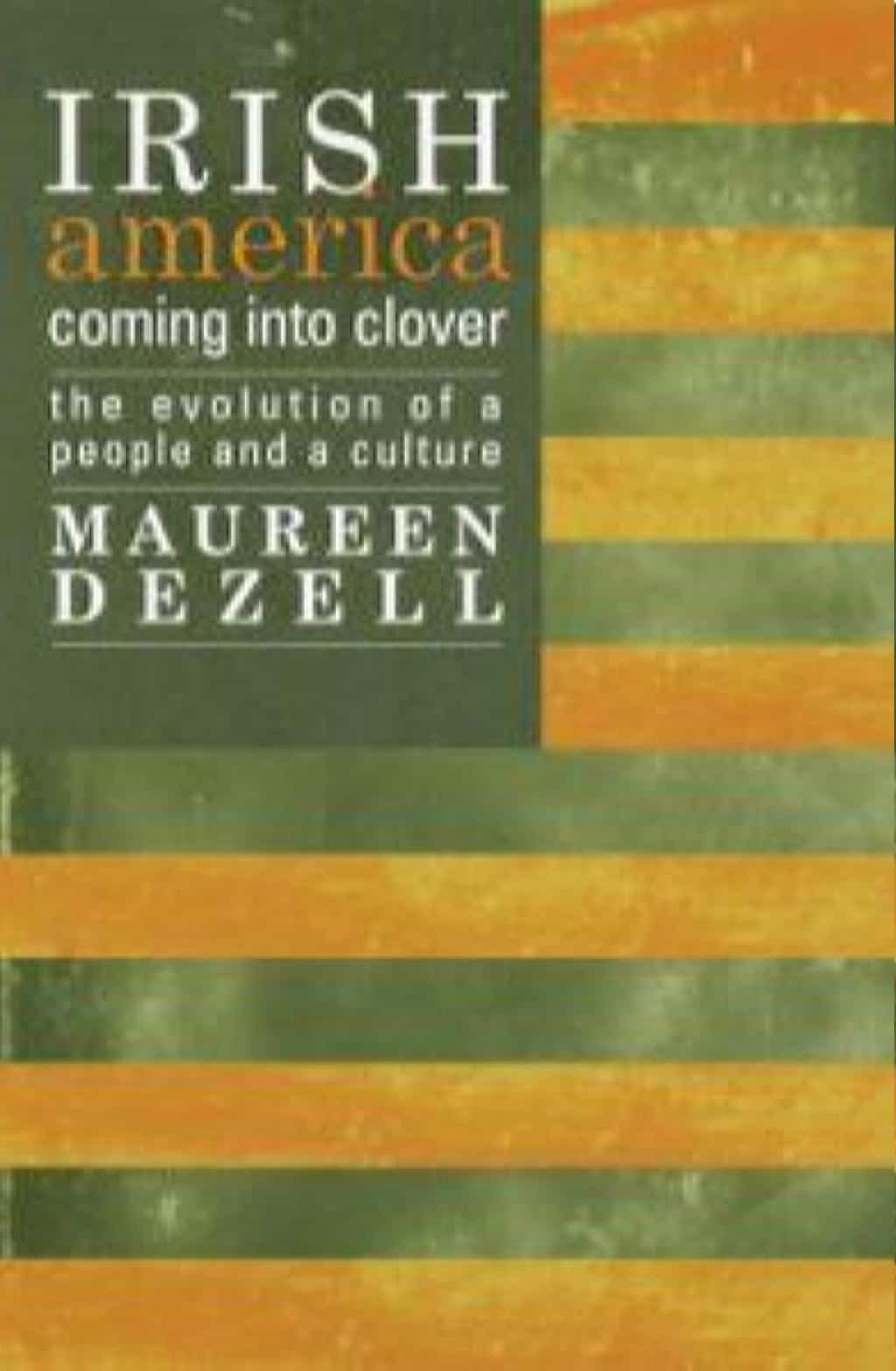 Irish Heritage Month
Irish Heritage Month
By John Pecoraro, Assistant Director
If your ancestry is Irish, you share that fact with 39.6 million other Americans. Irish Americans make up about 12% of the population of the United States. In Boston, they account for over 20% of the city’s population, and if you live in the Breezy Point section of Queens, New York, you share Irish ancestry with a whopping 54.3% of the population. Irish is the second largest ancestry group in the United States. German is number one.
So with such a large part of the U.S. population having Irish ancestry, it is proper to celebrate this shared heritage. In additional to celebrating St. Patrick’s Day on March 17, the entire month of March is Irish American Heritage Month.
You can read up on the Irish American experience at the public library. For example, let’s start with the basics, “1,001 Things Everyone Should Know about Irish American History,” by Edward O’Donnell. O’Donnell organizes his book around broad subjects such as culture, politics, religion, and sports. The list of things everyone should know tells the story of how Irish immigrants have played a central role in defining American character and identity.
“The Irish in America,” edited by Michael Coffey, with text by Terry Golway is a magnificently illustrated book. Setting the stage by describing the misery of the potato famine, Golway presents stories about rogues, priests, politicians, poets, gangsters, nuns, ballplayers, union organizers, writers, and common working-stiffs that celebrate Irish achievement and success.
Maureen Dezell explores the unifying myths of what it is to be Irish American in her book, “Irish America: Coming into Clover, the Evolution of a People and a Culture.” More than an examination of a stereotype, Dezell’s book is a tribute to a people that was one of the building blocks of America.
In “The Irish Americans: a History,” author Jay Dolan highlights four dominant themes in the history of Irish Americans: politics, religion, labor, and nationalism. The author highlights the significance of the Church in the history of Irish Americans, and also examines the enormous influence that extreme poverty had on the lives of Irish immigrants.
”The Famine Ships: the Irish Exodus to America,” by Edward Laxton, explores the agricultural disaster that sent over a million emigrants escaping the potato famine by sailing to America. Using family histories, the author tells the story of the courageous and determined people who crossed the Atlantic in leaky, overcrowded sailing ships to make new lives for themselves.
Frank McCourt was born in Brooklyn to Irish immigrant parents. The family moved back to Ireland during the Great depression. McCourt returned to the United States in 1949 at the age of 19. McCourt’s two biographies, “Angela’s Ashes,” and “Tis” tell the story of his impoverished upbringing in Brooklyn and Limerick, and his eventual return to America. “Angela’s Ashes,” won McCourt the Pulitzer Prize for Biography.
The most famous Irish American family is undoubtedly, the Kennedys. In his book, “The Kennedys: America’s Emerald Kings,” Thomas Maier examines the family as exemplars of the Irish Catholic experience. Beginning with Patrick Kennedy’s 1848 arrival in Boston, Maier delves into the deeper currents of the Kennedy saga, and the ways in which their immigrant background shaped their values.
Food is an integral part of culture and heritage. David Bowers provides an introduction to Irish cuisine in “Real Irish Food: 150 Classic Recipes from the Old Country.” No corned beef and cabbage here, Bowers gives readers a taste of real Irish food, such as moist brown soda bread, apple tarts, and rich stews. Included are recipes for Homemade Irish Sausages, Whiskey Chicken and Roast Goose with Applesauce, and a trinity of variations on mashed potatoes Boxty, Champ, and Colcannon.
For the literary-minded, there are an abundance of Irish American authors to choose from with titles available in paper or digital format. To name just a few in no particular order: Raymond Chandler, F. Scott Fitzgerald, Henry James, Eugene O’Neill, Flannery O’Connor, Margaret Mitchell, Alice McDermott, William Faulkner, and Ken Kesey.
You don’t have to be Irish American to celebrate Irish American Heritage Month, but there’s about a 1 in 8 chance that you are. Erin go Bragh!

